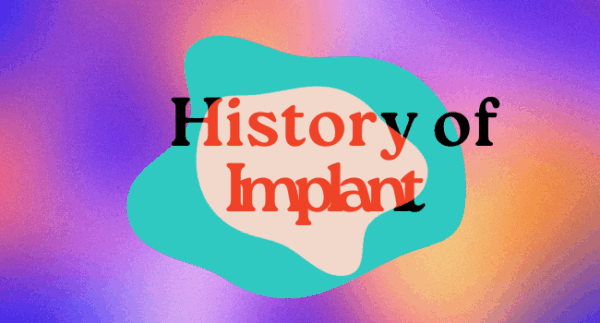Insights: Medication Abortion and Lactation
Written by C. Peony Khoo, MD, IBCLC
Nearly 60% of abortions in the U.S. reported in 2022 were among people who had had at least one prior live birth.1 Given this high proportion of parents seeking abortion, a subset of these people may be nursing. Furthermore, certain contraceptive methods, such as fertility awareness, may be less reliable in lactating parents, resulting in unplanned pregnancies. The American Academy of Pediatrics and the American College of Obstetricians and Gynecologists continue to recommend exclusive breast/chestfeeding for the first six months of life. However, in recent years, the recommended duration of continued breast/chestfeeding with complementary foods has been extended to at least 2 years and beyond, as mutually desired.2,3 Clinicians and care team members providing abortion care, primary care, and lactation support should be aware of lactation considerations for patients seeking medication abortion to support the full spectrum of parents’ reproductive needs.
Mifepristone and misoprostol are present at low levels in human milk when taken at prescribed doses. In particular, the single 200 mg dose of mifepristone provides limited exposure. In a small study of people who had received mifepristone for medication abortion, those who received the single 200 mg dose had undetectable levels. Those who received a higher 600 mg dose still had low levels of mifepristone present.4 Relative infant dose (RID) estimates at this dose are 0.5-1.5% for mifepristone (with RID values <10% generally considered safe).4 Despite this, the manufacturer recommends “pumping and dumping” for 18 to 21 days after the last dose.5 Misoprostol concentrations peak within one hour after a dose and decline over five hours following. Some may choose to take misoprostol immediately after a feed to minimize levels of misoprostol with the next feed, though this is not necessary since misoprostol is a prostaglandin E1 analogue which is already normally present in milk.6
Do not interrupt breast/chestfeeding after medication abortion. This is supported by the National Institute of Child Health and Human Development’s drugs and lactation database, LactMed, which notes that no interruption is needed after a single dose of mifepristone and no special precautions are required for misoprostol.6 Additionally, the 2024 National Abortion Federation Clinical Policy Guidelines for Abortion Care recommends that breast-/chestfeeding can continue uninterrupted.7
Clinicians should support patients’ breast/chestfeeding goals when providing medication abortion as part of comprehensive reproductive health care. Resources such as LactMed, MotherToBaby, and mobile apps like LactRx and Infant Risk can be helpful aids in identifying various medications’ impacts on the infant and lactation.
RHAP Resources:
Medication Abortion Aftercare Instructions
Download and print our resources for free from our website or visit our store to buy physical copies!
Partner Resources:
Reproductive Health Hotline (ReproHH)
A free, confidential phone service (1-844-737-7644) offering evidence-based clinical information for healthcare providers across the US who have questions related to sexual and reproductive health.
Sources:
Pharma-free: The Reproductive Health Access Project does not accept funding from pharmaceutical companies. We do not promote specific brands of medication or products. The information in the Insights is unbiased, based on science alone.
Sign-up to Receive Insights Monthly!
If you enjoyed this Insights, sign up to have them delivered to your inbox! Insights are released on the fourth Tuesday of every month!
Sign-up to Receive Contraceptive Pearls Monthly!
If you enjoyed this Insights article, then check out our Contraceptive Pearls! Contraceptive Pearls are monthly highlights focusing on best practices in patient-centered, evidence-based contraceptive care. Read our latest Pearl here. You can sign up to have Contraceptive Pearls delivered to your inbox! Contraceptive Pearls are released on the third Tuesday of every month!

